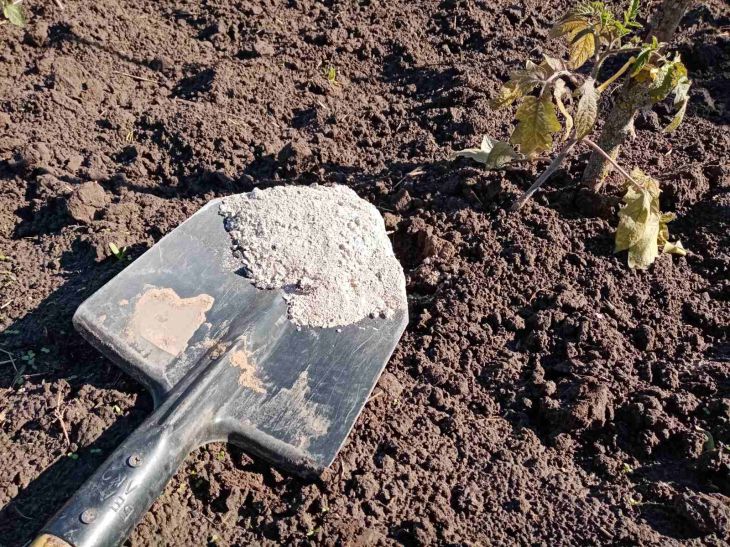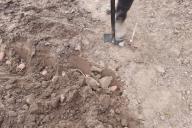Soil that is too acidic is harmful to most plants.
However, some signs clearly indicate a problem and indicate that something needs to be done about it.
How do you know if the soil is acidic?
Soils tend to become acidic over time. The reasons are acid rain and extensive fertilization with peat, humus or mineral fertilizers, says Anastasia Kovrizhnykh .
At the same time, highly acidic soil prevents the absorption of nutrients, but also leaches heavy metals, which then accumulate in plants.
Some plants like acidic soil or change color in an acidic environment.

For example, a sign of acidity is that the hydrangea is blue. In this case, the pH is probably between 4.0 and 4.5.
Acidic soil is also indicated by abundant growth of ferns, wood sorrel, moss, sorrel and chamomile.
To accurately determine the pH of your soil, you will need a test kit from a garden center or hardware store. Devices or test strips will give you an accurate pH reading.
Slightly acidic soil with a pH of 5.5 to 6.5 is usually not a problem. If the value is lower, then action must be taken. At values between 6.5 and 7.0, the soil is slightly acidic and there is no risk of toxic substances being released.
How to determine acidity in soil?
• Hydrangeas bloom blue: pH is below 5.0 because aluminum ions are released from the soil.
• Deep purple pansies: pH probably below 5.0.
• Mosses, sorrel, ferns and chamomile grow like weeds: the soil is most likely acidic.
• Water after boiling blue cabbage turns red when in contact with garden soil: the soil is acidic.
What to do with excess acid
The best solution is lime or basalt powder. Use seaweed lime instead of lime made from rock flour.
It contains 80% calcium carbonate, as well as magnesium carbonate, silicic acid and traces of boron, iodine and other substances.
Please note that you will never get pure calcium carbonate. The CaO content is indicated as a percentage on the packages.
Once you know how much pure lime you need, divide it by the percentage and multiply by 100 to calculate the amount of product needed.
Example: seaweed lime contains 80% CaO. You need 200 grams per square meter if you want to treat 50 square meters. So you need to spread 50 x 200 x 100 : 80 = 12500 grams.
In addition to the pH value, the composition of the soil is important. Therefore, an accurate analysis should be carried out every two years. Also, fertilize and lime the soil as needed, and not by feel.
As a guideline, 250 grams of seaweed lime (200 grams of pure CaO) per square meter can be spread every second year on heavy soil. For light soil, 150 grams (120 grams of pure CaO) is sufficient.
Note that lime displaces nitrogen. Scarifying the lawn in the spring and then adding fertilizer and calcium carbonate to the soil does not make much sense. It is better to postpone liming until autumn.
Useful tips
• Apply no more than 200 grams of pure CaO per year and per square meter.
• Sprinkle calcium carbonate onto dry soil.
• Apply fertilizer and lime as recommended by the analysis.
• Do not fertilize and lime at the same time.
Earlier we listed 4 probable reasons why tomatoes did not sprout.









